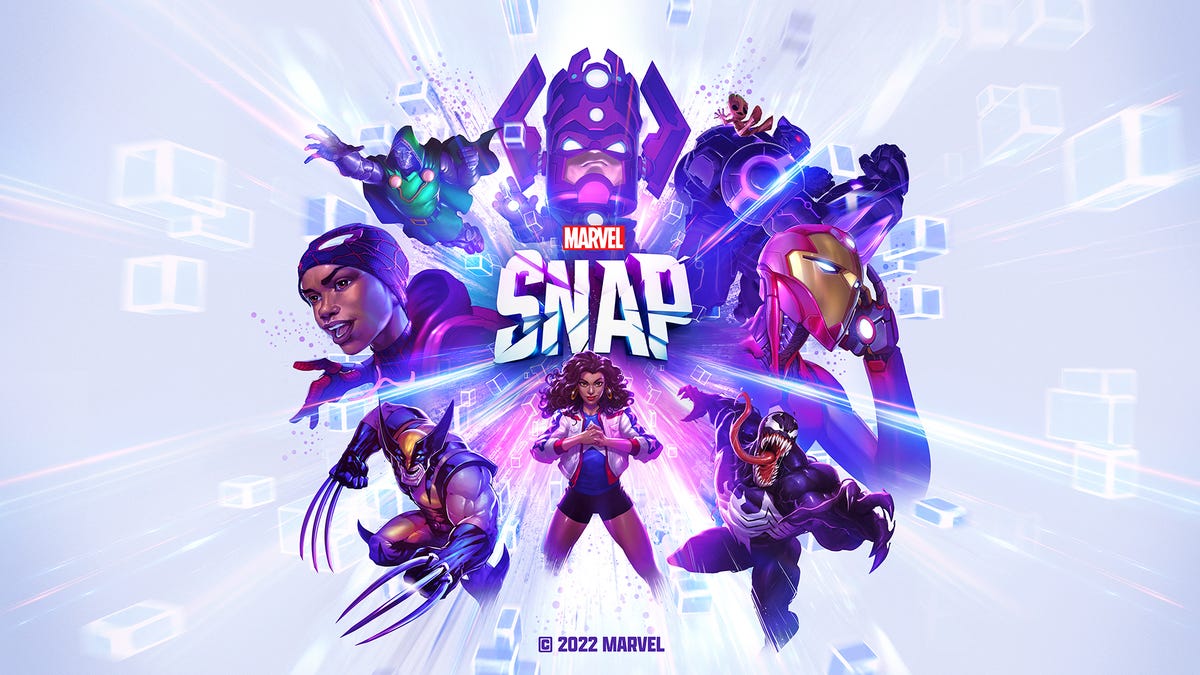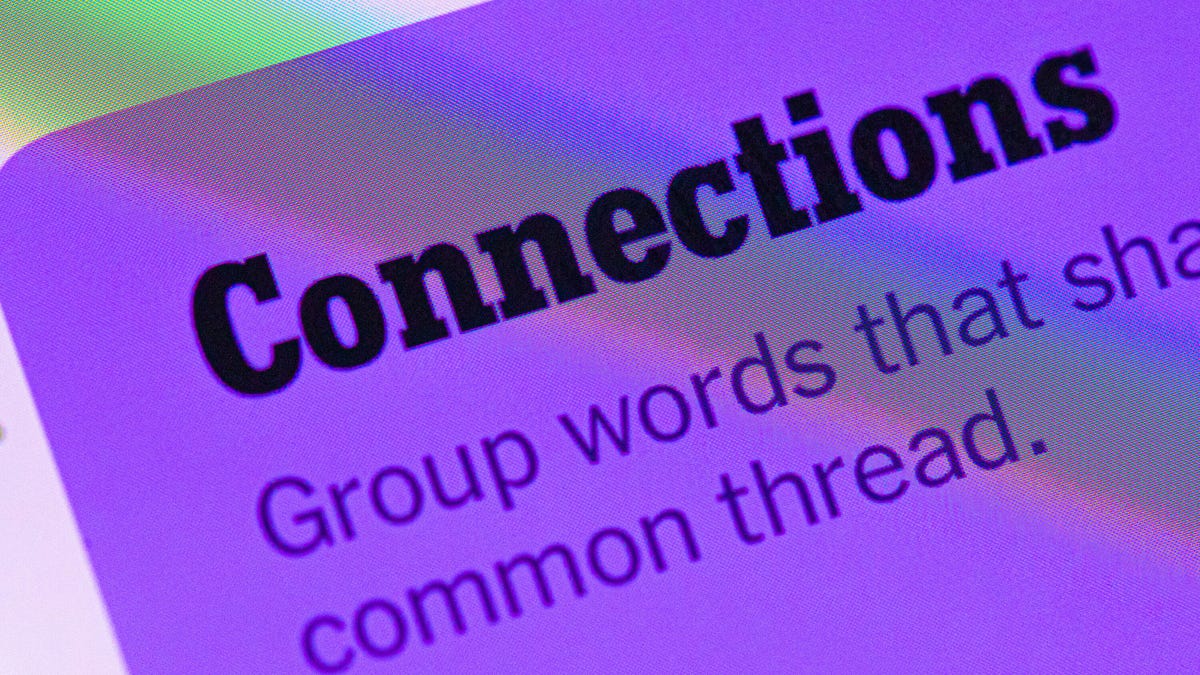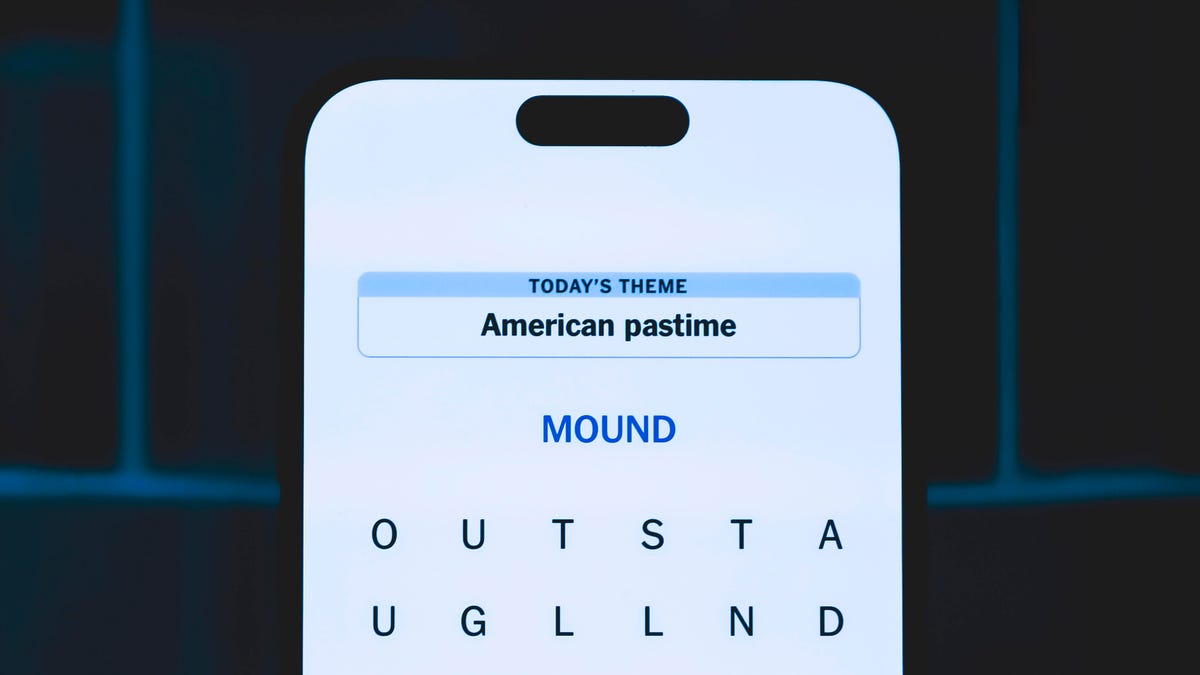Technologies
Marvel Snap: Beginner’s Guide and Top Tips to Get Cards and Win Games
Just starting out with Marvel’s new mobile card game? Here’s what you need to begin.

On the surface, Marvel Snap is a mobile card game with simple mechanics. But with hundreds of different heroes to play with, the game can get complex. Our Marvel Snap beginner’s guide will get you started and take you through higher competitive tiers.
Developed by Second Dinner, a studio filled with veterans from Blizzard’s successful digital card game Hearthstone, Marvel Snap is a refreshingly streamlined game that’s built to play well on smartphones. It plays in a vertical orientation and its quick match times typically last as long as a pop song. The mechanics are easy to learn, but there’s enough variability to keep things fresh.
Marvel Snap is downloadable from the Apple App Store and Google Play Store, or on PC via Steam if you prefer. (To make it easier to port your collection between phone and desktop, sign up with your Google login when making an account.) It’s free to play, with microtransactions, but you can’t buy your way to the top in this game — everyone has to play a lot to grow their collection of cards.
Snapping superheroes down to card size
Each card represents one hero, and most of them have a special ability. In addition to snazzy comic book art, cards have an energy cost in the top-left corner and a power level in the top-right corner. Each deck you bring into a match must have 12 cards, and outside of rare cases, matches last six rounds. You start matches with one energy point per round and gain another each turn, with more powerful cards costing more energy. The goal is simple: Play your cards into three locations (each with four card slots), and the winner is whoever controls at least two locations at the end of the match.
Plenty of factors can complicate a match. Locations are randomly assigned and each has special rules, while unique hero abilities change how the match plays. Players start with three cards and draw another every turn, so you won’t get to play your whole deck by the end of the match. This randomness keeps the game fresh and can occasionally hand you victories, though it can also ruin your chances to win.
Bluffing with cubes
This uncertainty raises the stakes for the final mechanic, a pokerlike betting system around cubes (of the Cosmic variety). Marvel Snap pits players against each other as they climb the competitive ranks and earn rewards; to climb, you need cubes, which are awarded to the winner of each match and subtracted from the loser. If a match isn’t going well, you can retreat early and lose only one cube to avoid the two-cube toll when you’re defeated. But you can manually raise the stakes by tapping the cube icon at the top — now the game is worth four cubes, and your opponent can tap it again to raise it up to an eight-cube game. Yikes!
Much like in poker, you can aggressively tap the cubes (called Snapping in a reference to the Marvel Cinematic Universe’s big baddie Thanos’ famous act, hence Marvel Snap). This can intimidate opposing players into retreating, though some will call your bluff. You may be confident in your hand of cards, but you have to wait to see which cards opponents play (and where) to understand their strategy and estimate whether you’ve got a winning chance. That’s the risk and the thrill — but don’t worry if you take a hard loss, as matches last only three to five minutes, making it easy to shake off losing and breeze right into the next potential win.
First steps for Snap
Don’t worry about knowing all these rules up front, as Marvel Snap has a generous tutorial. The first matches are against computer opponents who aren’t too tough to beat, offering space to learn the ins and outs of the match flow before going up against human players.
You’ll start with some basic cards, and playing matches (win, lose or tie) earns boosters, which are a currency to enhance the appearance of cards, making them look even more like they’ve sprung out of a comic book. While boosting a hero grants purely cosmetic upgrades like moving backgrounds and shiny hero names, it also ratchets up your overall collection level — which is the way you get more cards.
For the first several collection levels, you’ll get a preset series of cards that are key to simple yet powerful strategies; like silver-age hero Ka-Zar, who powers up your smallest one-energy cards, or Wolfsbane, who gains power based on how many cards are already at her location. These early cards fit into a handful of different deck strategies, from empowering minions to repeating the «on reveal» abilities with the late-game Odin card for a dramatic finish.
On reaching collection level 18, you’ll move on from the beginner slate of preset cards to a wider set. At higher collection levels, you’ll be rewarded with a random card from the first pool and face opponents with access to the same card group. You’ll enter the second card pool at collection level 222, and the third pool at 486. As time goes on, even more cards will be added to this last pool, with newer cards showing up more rarely.
Upgrading cards requires spending the in-game currency credits (which are different than boosters), gained through daily missions that typically involve playing cards of a certain cost, earning wins, or drawing cards. You can either wait to earn enough boosters for cards or head to the in-game shop and pay extra credits to upgrade cards early. Later on, you’ll also be able to gain ‘collector tokens’ to buy single cards showcased one at a time in the in-game shop.
What’s the fastest way to get more cards?
Marvel Snap is geared toward granting players new cards as rewards for playing, though the rate of new cards slows in higher collection levels. There are only a couple of ways to buy new cards with real money: buying very pricey seasonal bundles that include specific cards, or paying for in-game currency to indirectly boost your collection level.
The latter is a slightly complicated sequence. You can pay real money for gold, a secondary in-game currency mostly used for buying variant versions of cards you already own, but that can also be used to buy credits. As previously mentioned, credits can be spent in the in-game store to rapidly upgrade cards to bypass boosters and climb the collection level, which earns you new cards. It’s a hassle, and you don’t get much currency for your hard-earned real money — best to save it for bundles that offer more value.
It may be disappointing to hear, but simply playing more matches is the best way to get cards.
Tips for winning matches
Winning in Marvel Snap seems simple — just secure two out of the three locations — but wild swings can happen in any of the six turns (or seven, on rare occasions). As you play, you’ll get a feel for what kind of decks you’ll face and the best strategies to counter them.
But there are several basic things about the game that aren’t immediately obvious. In a match, see whether your player handle or an opponent’s is ringed with light — that’s who’ll flip cards first next turn, which can matter if an «on reveal» effect relies on opponents having certain cards in play. Also, tapping your or your opponent’s player portraits opens up a dropdown status menu showing how many cards each has in hand and in the deck, along with how many have been destroyed or discarded during the game — key info for certain card abilities.
To win matches, you want to control locations. You probably won’t have enough power to win all three, so you’ll want to focus on the two you’re most likely to win. This might change as location abilities are revealed and your opponent plays cards, so remain flexible for the first few turns to see how the board plays out. You can even deceive your opponent by looking like you’re going to invest in one location and abandon it for the two others in later turns.
Keep refining your decks. If you’re losing, go back to the collection and see whether different cards might fit your strategy better, especially new ones that haven’t been tested yet. Remember, the worst that can happen is losing cubes and rank progress — but you can gain that back later with strategic Snapping.
Speaking of, the last tip is to know when to Snap and when to retreat. There’s no shame in ducking out if it looks like you’re not going to win. A good rule of thumb is that if you aren’t winning at least two of the locations going into the sixth and/or final turn, you might want to back out — it’s going to take too much power to flip multiple locations.
On the other hand, if you have more power in two or three locations and have a strong final play, you might want to Snap to increase your winnings, which could scare the opponent off to retreat. Like in poker, a win is a win, whether you’re bluffing with weaker cards or the opponent is too intimidated to play cards that actually would’ve beaten yours.
That’s it for now, so get out there and start building your collection. If you’re struggling, look online for guides on popular decks made of cards in your collection. And don’t be afraid to experiment, as there are many, many interactions that aren’t clear until you slam down your cards — just look at this recent combo that skyrockets a single card from four to over 600,000 power. Excelsior!
Technologies
Today’s NYT Connections Hints, Answers and Help for Jan. 7, #941
Here are some hints and the answers for the NYT Connections puzzle for Jan. 7, #941

Looking for the most recent Connections answers? Click here for today’s Connections hints, as well as our daily answers and hints for The New York Times Mini Crossword, Wordle, Connections: Sports Edition and Strands puzzles.
Today’s NYT Connections puzzle is rather tricky. The purple category is especially mystifying. Read on for clues and today’s Connections answers.
The Times has a Connections Bot, like the one for Wordle. Go there after you play to receive a numeric score and to have the program analyze your answers. Players who are registered with the Times Games section can now nerd out by following their progress, including the number of puzzles completed, win rate, number of times they nabbed a perfect score and their win streak.
Read more: Hints, Tips and Strategies to Help You Win at NYT Connections Every Time
Hints for today’s Connections groups
Here are four hints for the groupings in today’s Connections puzzle, ranked from the easiest yellow group to the tough (and sometimes bizarre) purple group.
Yellow group hint: Lookalikes.
Green group hint: Part of something.
Blue group hint: National symbol.
Purple group hint: Squish down.
Answers for today’s Connections groups
Yellow group: Doppelgänger.
Green group: Portion.
Blue group: Common flag symbols.
Purple group: Pressed using a press.
Read more: Wordle Cheat Sheet: Here Are the Most Popular Letters Used in English Words
What are today’s Connections answers?
The yellow words in today’s Connections
The theme is doppelgänger. The four answers are clone, double, mirror and ringer.
The green words in today’s Connections
The theme is portion. The four answers are concern, interest, share and stake.
The blue words in today’s Connections
The theme is common flag symbols. The four answers are crescent, cross, star and stripe.
The purple words in today’s Connections
The theme is pressed using a press. The four answers are cider, garlic, trousers and wine.
Don’t miss any of our unbiased tech content and lab-based reviews. Add CNET as a preferred Google source.
Technologies
Today’s NYT Strands Hints, Answers and Help for Jan. 7 #675
Here are hints and answers for the NYT Strands puzzle for Jan. 7, No. 675.

Looking for the most recent Strands answer? Click here for our daily Strands hints, as well as our daily answers and hints for The New York Times Mini Crossword, Wordle, Connections and Connections: Sports Edition puzzles.
Today’s NYT Strands puzzle is easier than some have been. Once you learn the topic, the words come pretty easily. But if you need hints and answers, read on.
I go into depth about the rules for Strands in this story.
If you’re looking for today’s Wordle, Connections and Mini Crossword answers, you can visit CNET’s NYT puzzle hints page.
Read more: NYT Connections Turns 1: These Are the 5 Toughest Puzzles So Far
Hint for today’s Strands puzzle
Today’s Strands theme is: Open wide.
If that doesn’t help you, here’s a clue: Brace face.
Clue words to unlock in-game hints
Your goal is to find hidden words that fit the puzzle’s theme. If you’re stuck, find any words you can. Every time you find three words of four letters or more, Strands will reveal one of the theme words. These are the words I used to get those hints, but any words of four or more letters that you find will work:
- MIST, SOIL, RICE, LICE, RUDE, LUDE, BRUSH, TOOT, RIDE, RIDER
Answers for today’s Strands puzzle
These are the answers that tie into the theme. The goal of the puzzle is to find them all, including the spangram, a theme word that reaches from one side of the puzzle to the other. When you have all of them (I originally thought there were always eight but learned that the number can vary), every letter on the board will be used. Here are the nonspangram answers:
- DRILL, FLOSS, MIRROR, FLUORIDE, TOOTHBRUSH
Today’s Strands spangram
Today’s Strands spangram is DENTISTSOFFICE. To find it, start with the D that’s five letters down on the far-left row, and wind up and then across.
Don’t miss any of our unbiased tech content and lab-based reviews. Add CNET as a preferred Google source.
Technologies
The Clicks Communicator Phone Is My Favorite Thing at CES
-

 Technologies3 года ago
Technologies3 года agoTech Companies Need to Be Held Accountable for Security, Experts Say
-

 Technologies3 года ago
Technologies3 года agoBest Handheld Game Console in 2023
-

 Technologies3 года ago
Technologies3 года agoTighten Up Your VR Game With the Best Head Straps for Quest 2
-

 Technologies4 года ago
Technologies4 года agoBlack Friday 2021: The best deals on TVs, headphones, kitchenware, and more
-

 Technologies4 года ago
Technologies4 года agoVerum, Wickr and Threema: next generation secured messengers
-

 Technologies4 года ago
Technologies4 года agoGoogle to require vaccinations as Silicon Valley rethinks return-to-office policies
-

 Technologies4 года ago
Technologies4 года agoOlivia Harlan Dekker for Verum Messenger
-

 Technologies4 года ago
Technologies4 года agoiPhone 13 event: How to watch Apple’s big announcement tomorrow
